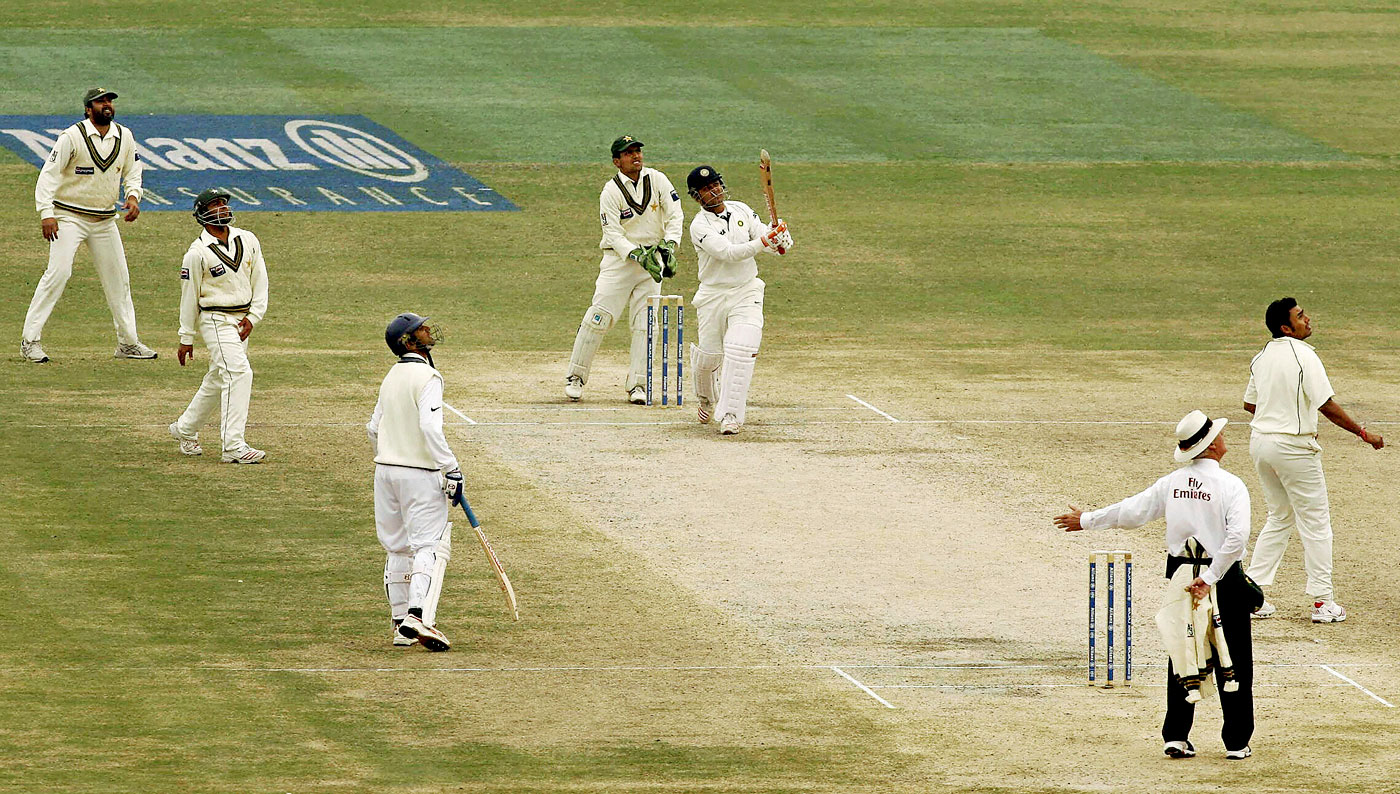Ben Chu in The Independent
Imagine you’re lucky. Imagine you receive £50 from a benefactor. But, oh dear, there’s a problem with the gift. It turns out too much was paid out. There has to be a financial correction. So you’re faced with a choice.
So would you rather keep £20? Or lose £30? Think very quickly. Did you initially lean towards keeping £20? Many people do. But of course they amount to the same thing. You’d still have £20 whichever option you picked.
So what’s going on? Why did £20 look more appealing? That’s the brain’s “system one” at work, according to psychologists. Studies show that the reactive human mind sees the “keep” flashing in red lights before there’s any mental arithmetic (even before trivial calculations such as subtracting £30 from £50). And the word “loss” is also deeply off-putting to the mind’s system one. A quick decision framed as a straight choice between “keep” and “lose” will usually see “lose” rejected.
The mental arithmetic is “system two” and it takes much longer to be activated in most of us than system one. Sadly, many of us don’t even bother activating system two before making decisions at all.
Advertisers are aware of this bias. That’s why they often frame propositions in terms of how much money people can keep rather than how much they’ve lost in the past. “Keep more of your savings income by opening an ISA”, “Keep more of your money when you shop with us”, and so on.
Political advertisers are on to it too. That’s why the Leave campaign ahead of June’s European Union referendum have been emphasising so heavily the prize of keeping the UK’s £13bn annual contribution to the EU Budget. They emphasise what we can keep by voting to leave. Yet the Remain campaign is familiar with this tactic too. That’s why they emphasise the 3m UK jobs “linked to trade with the rest of Europe”. We naturally want to keep all those jobs, don’t we?
Both claims are actually tendentious. The £13bn is the gross contribution of the UK to Brussels – it doesn’t account for the money the UK receives back. And it’s silly to imply that 3m jobs would disappear overnight in the event of a Brexit. That would only happen if all trade between Britain and the Continent came to a sudden halt – something no one seriously expects. But the campaigners are not really trying to impart useful information with their soundbites – they’re aiming at the system one part of your brain.
That’s by no means the only psychological bias battleground in this referendum campaign. Psychologists talk of the power of “framing”. Which sounds more appealing: 90 per cent fat-free or 10 per cent fat? Advertisers know the answer, which is why one never sees the latter formulation even though they describe the same product.
Now consider which sounds like a more compelling argument in the context of an EU membership vote. “Almost half of everything we sell to the rest of the world we sell to Europe,” says the Stronger in Europe campaign. “British reliance on trade with the EU has fallen to an all-time low,” proclaim the Outers. The fact that both sound compelling - and both describe the same statistics - shows that the two campaigns grasp the importance of framing.
There’s more. What sounds worse: a shortfall of 6 per cent of GDP resulting from Brexit, or a loss of £4,300 per household? For many people it will be the latter figure, heavily highlighted by George Osborne yesterday. But, again, they amount to the same thing. £4,300 is merely the 6 per cent of GDP translated into cash terms and divided by all the 26m households in the country.
So why does £4,300 sound more off-putting to most people? Here we have the “ratio bias” at work. In any ratio there is the numerator and the denominator. In the two statistics above “6” and “£4,400” are the numerators. And “GDP” and “per household” are the denominators. Studies show that the system one part of our brain is more sensitive to big numbers in the numerator of ratios, and often neglects the denominators. So £4,300 sets off larger movements in many brains because, quite simply, it’s a bigger sounding figure than 6.
Consider another example. Which is the more compelling fact: “200,000 UK businesses trade with the EU” or: “Only 6 per cent of UK firms export to the EU”? The first is from the Stronger in Europe website. The second is from Vote Leave. Here the Outers are trying to use the ratio bias to minimise the sense of importance of the EU as a trading partner for British firms - and the Inners are doing precisely the opposite.
We are profoundly influenced by the framing of statistics. Quite understandably, politicians and campaigners seek to manipulate your system one brain. “I just feel I don’t know who to trust and I need a voice I can trust,” said a member of a panel of “undecided” referendum voters on the BBC’s Newsnight last night. But that benign and trustworthy figure does not exist. The way the facts are laid out will depend on the way the person wants the facts to be framed. Asking for someone to do the job for you - and placing your trust in them - essentially means asking that person to steer you in one way or the other.
If people genuinely want to make up their minds without bias, they are on their own. And their only trustworthy guide is their own brain’s system two.

 Going up: Sehwag constantly turned traditional batting concepts on their head © AFP
Going up: Sehwag constantly turned traditional batting concepts on their head © AFP Paul Harris ended up the loser in his contest with Sehwag in 2008 © Getty Images
Paul Harris ended up the loser in his contest with Sehwag in 2008 © Getty Images Fury Road: Sehwag set up India's record chase against England in Chennai in 2008 © AFP
Fury Road: Sehwag set up India's record chase against England in Chennai in 2008 © AFP






